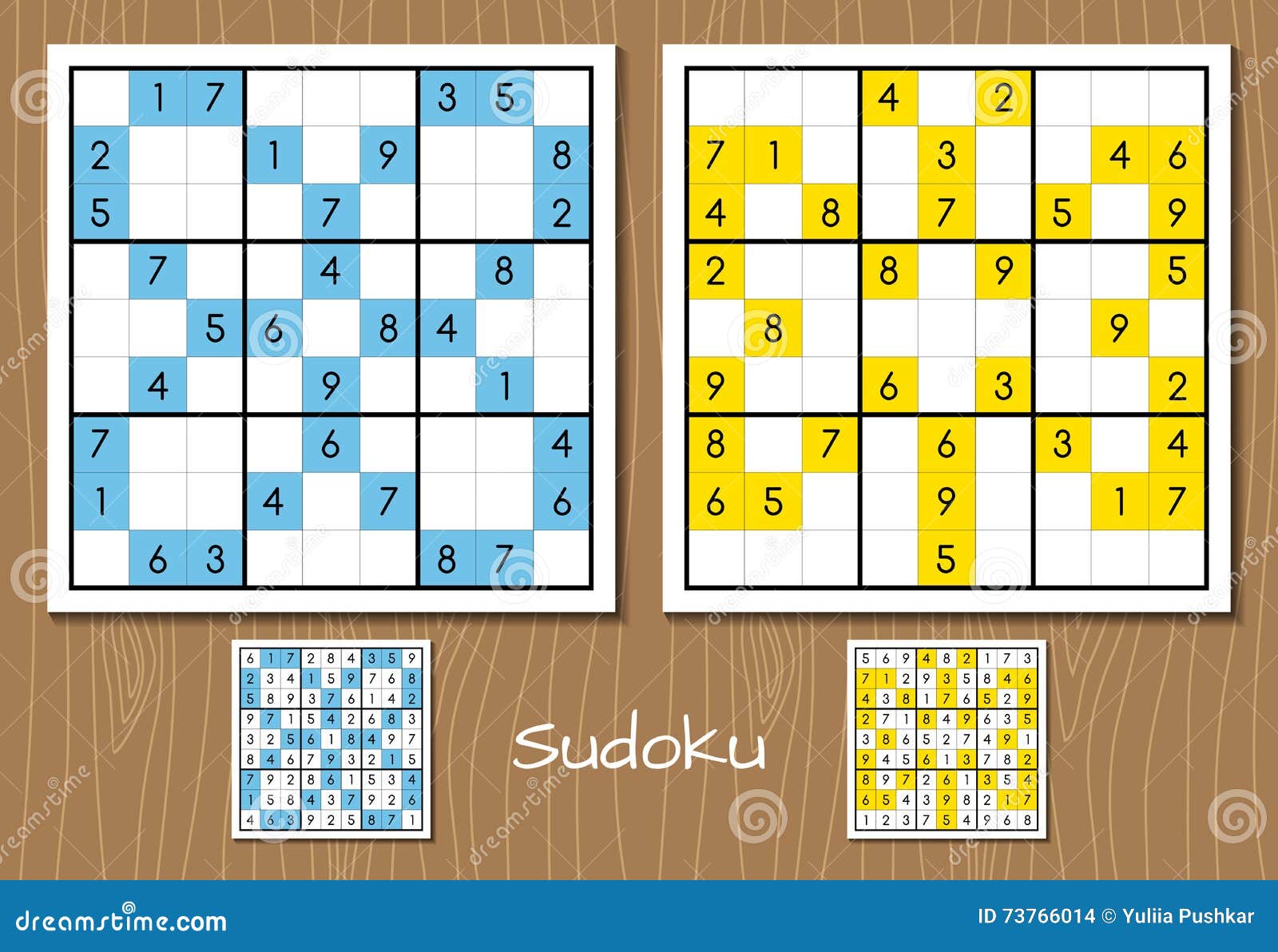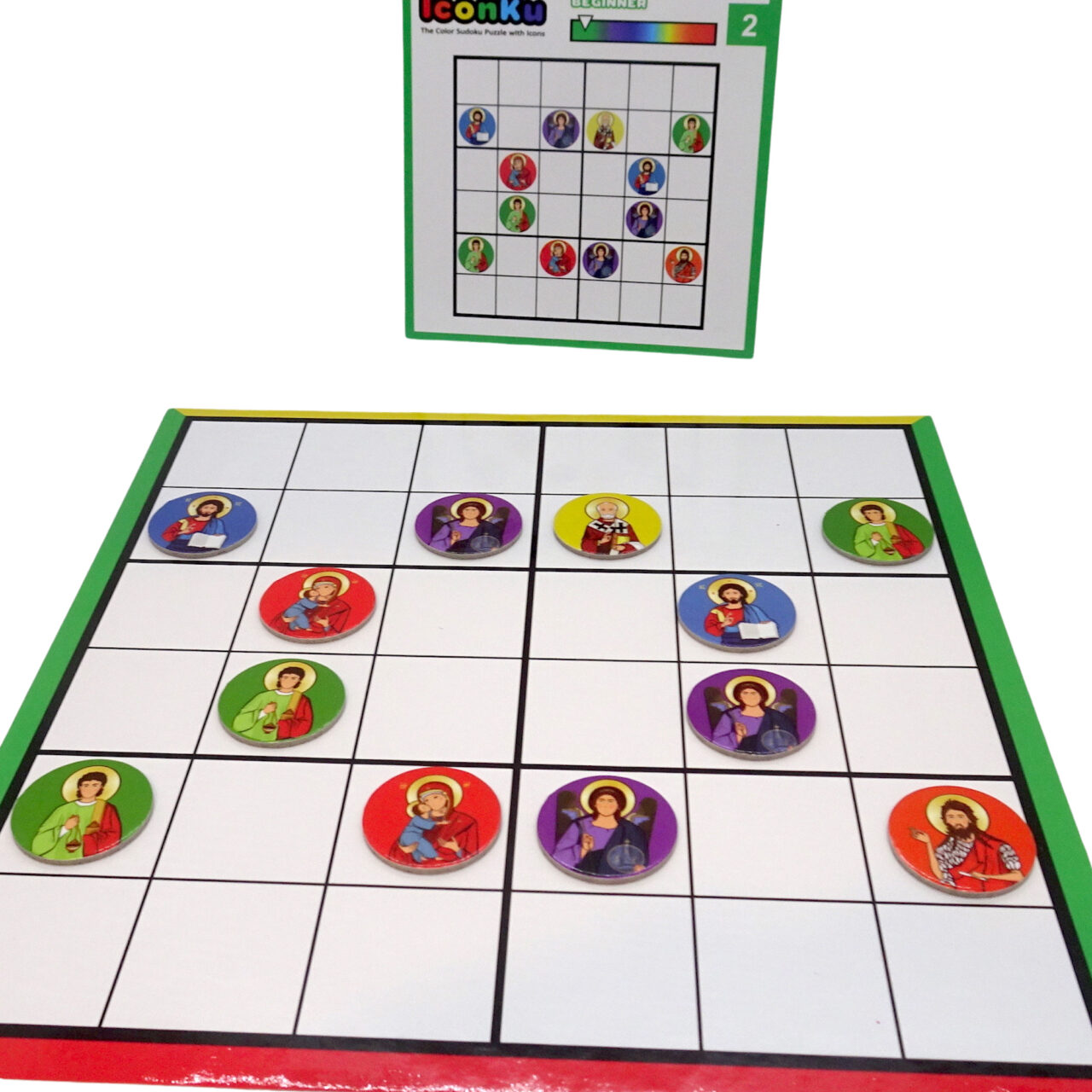

Without loss of generalization, we can therefore say that the clues are $1A$, $B2$, $C3$, and $D4$, and also without loss of generalization we can assume the clues are placed as follows (remember that with the clues in all different rows and columns, we can keep swapping any two rows and columns to end up in this configuration): So, if you could do it with only $4$ clues, you definitely want all clues to be of all different numbers and all different colors. Likewise, if you have two clues with the same number (or color), then there will be two numbers (or colors) that are not used any of the clues, and hence you can swap those numbers (colors) for any solution to obtain another solution. So, if you could do it with only $4$ clues, you definitely want all clues to be in different rows and columns. If you have $4$ clues, and two of the clues are in the same row (or column), then there will be two rows (or two columns) that have no clues, and those rows (columns) can be swapped for any solution to obtain another solution. You showed that there is indeed a way to force a unique solution with $5$ clues, and below is a proof that you cannot force a unique solution with less than $5$ clues. $5$ clues is the minimum to force a unique solution on a $5 \times 5$ board. This enables us to figure out where '4A' and '5A' go, and also '2B' and '2E'. It is easy to deduce that '2A' must go in the top right corner (all other rows and columns have either a '2' or an 'A').

The large numbers in bold are the starting numbers. How would the answers to the above questions change if we played on a different size of grid?Įdit: this is a board in which 5 determines a unique solution. What is the minimum number of squares which must be filled in order to determine a unique solution? I have done it with 5, but might it be done with fewer?Īre there other solutions which cannot be generated through the transformations described above? If so, how many? I have several questions relating to colour sudokus:

there is one and only one of each integer-colour combination (eg one blue 3).each row and column contains one and only one of each colour (eg red, blue, yellow, green, black).each row and column contains one and only one of each integer 1-5.I have designed a new type of sudoku-like puzzle, done on a 5*5 grid, with the following rules:


 0 kommentar(er)
0 kommentar(er)
